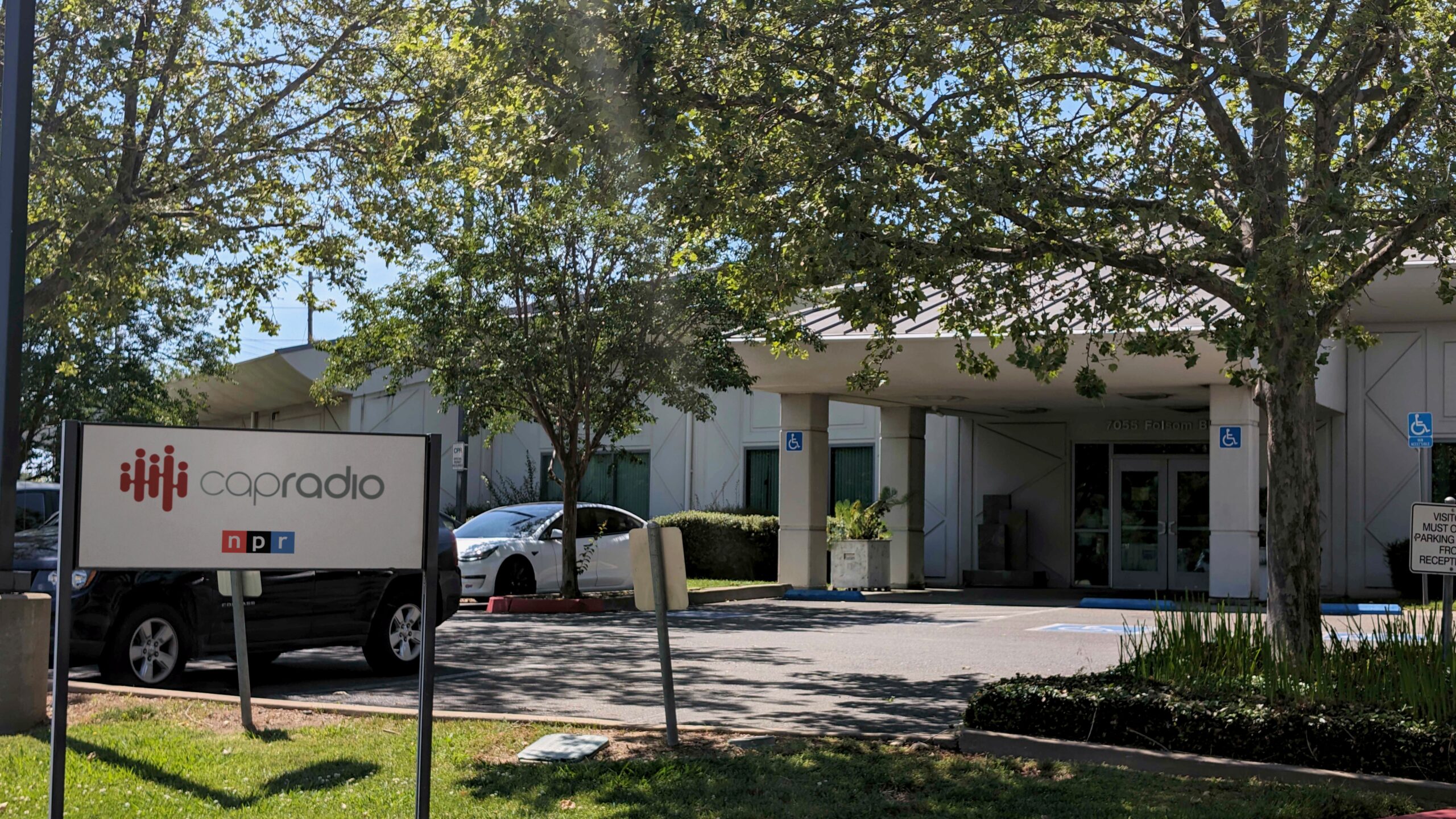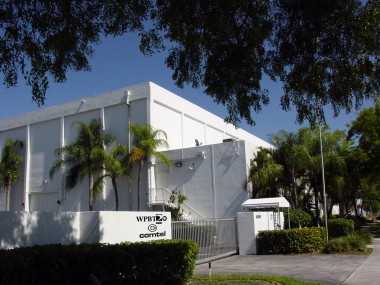Tag: mergers
CapRadio, endowment at odds over proposed PBS KVIE merger
The Capital Public Radio Endowment Board argues that the best future for CapRadio would be a merger with the TV station.Merger of Rhode Island stations gains approval from state’s attorney general
The decision clears the way for Rhode Island PBS and The Public’s Radio to incorporate as a new organization.Rhode Island public broadcasters to merge
“This is really the opportune moment to bring these two legacy media organizations together.”Merged stations VPR and Vermont PBS to be named Vermont Public
The stations announced merger plans last summer.CPB board boosts CSG funds by delaying Healthy Network Initiative for second year
Board member Ruby Calvert said setting aside the initiative for another year is “the right thing to do.”By joining forces, stations find new potential for boosting revenue, content
"Television and radio should be getting together. Joint licensees have advantages that neither one of us have individually."Research project seeks ‘replicable models’ for public media newsroom mergers
A series of case studies on mergers of public media and digital news outlets will look at "what has worked and where ...Licensee of Illinois’ WSIU to acquire Springfield TV network
WSIU and Network Knowledge have been discussing a partnership for nearly three years, according to WSIU Executive Director Greg Petrowich.KCETLink, PBS SoCal merger ‘opens new future’ for public TV in L.A. market
The longtime rival stations now aim to become a hub for original public media content.Deal in Washington expands KUOW’s reach, leaves KPLU staff in limbo
The deal was a long time coming, but when it finally arrived, it still took the staff of KPLU by surprise.WPBT and WXEL in South Florida reveal merger talks
A proposed merger of two Florida public TV stations would serve a combined market area roughly equivalent to the country’s seventh-largest Nielsen ...WILL, WTVP start ‘dating’ by sharing general manager
The arrangement grew out of a neighborly collaborative relationship between the stations as well as a desire to save personnel costs.Redefining public media for the future
Public media is made up of hundreds of storefronts in communities large and small, each of which has a unique window into ...New alliance in Mile High City
The latest merger agreement from Denver combines three different breeds of public media — flagship pubTV station Rocky Mountain PBS, community-licensed jazz ...KCET in Los Angeles, noncom satellite Link TV announce merger
KCET, the Los Angeles public TV station that split from PBS nearly two years ago, is merging with Link TV, the noncommercial ...











